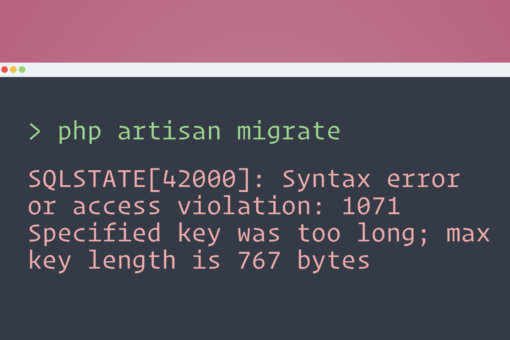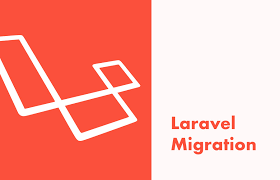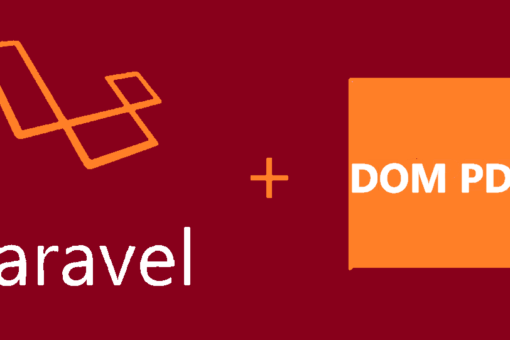Introduction:
Migrations are like version control for your database, allowing your team to modify and share the application’s database schema. Migrations are typically paired with Laravel’s schema builder to build your application’s database schema. If you have ever had to tell a teammate to manually add a column to their local database schema, you’ve faced the problem that database migrations solve.
Generating Migrations:
To create a migration, use the make:migration Artisan command:
php artisan make:migration create_users_table
The new migration will be placed in your database/migrations directory. Each migration file name contains a timestamp, which allows Laravel to determine the order of the migrations.
The –table and –create options may also be used to indicate the name of the table and whether or not the migration will be creating a new table. These options pre-fill the generated migration stub file with the specified table:
php artisan make:migration create_users_table –create=usersphp artisan make:migration add_votes_to_users_table –table=users
If you would like to specify a custom output path for the generated migration, you may use the –path option when executing the make:migration command. The given path should be relative to your application’s base path.
Migration Structure:
A migration class contains two methods: up and down. The up method is used to add new tables, columns, or indexes to your database, while the down method should reverse the operations performed by the up method.
Within both of these methods you may use the Laravel schema builder to expressively create and modify tables. To learn about all of the methods available on the Schema builder, check out its documentation. For example, the following migration creates a flights table:
<?php
use Illuminate\Database\Migrations\Migration;
use Illuminate\Database\Schema\Blueprint;
use Illuminate\Support\Facades\Schema;
class CreateFlightsTable extends Migration
{
/**
* Run the migrations.
*
* @return void
*/
public function up()
{
Schema::create(‘flights’, function (Blueprint $table) {
$table->id();
$table->string(‘name’);
$table->string(‘airline’);
$table->timestamps();
});
}
/**
* Reverse the migrations.
*
* @return void
*/
public function down()
{
Schema::drop(‘flights’);
}
}
Running Migration:
To run all of your outstanding migrations, execute the migrate Artisan command:
php artisan migrate
Forcing Migrations To Run In Production:
Some migration operations are destructive, which means they may cause you to lose data. In order to protect you from running these commands against your production database, you will be prompted for confirmation before the commands are executed. To force the commands to run without a prompt, use the –force flag:
php artisan migrate –force
Rolling Back Migrations:
To roll back the latest migration operation, you may use the rollback command. This command rolls back the last “batch” of migrations, which may include multiple migration files:
php artisan migrate:rollback
You may roll back a limited number of migrations by providing the step option to the rollback command. For example, the following command will roll back the last five migrations:
php artisan migrate:rollback –step=5
The migrate:reset command will roll back all of your application’s migrations:
php artisan migrate:reset
Roll Back & Migrate Using A Single Command:
The migrate:refresh command will roll back all of your migrations and then execute the migrate command. This command effectively re-creates your entire database:
php artisan migrate:refresh// Refresh the database and run all database seeds…
php artisan migrate:refresh –seed
You may roll back & re-migrate a limited number of migrations by providing the step option to the refresh command. For example, the following command will roll back & re-migrate the last five migrations:
php artisan migrate:refresh –step=5
Drop All Tables & Migrate:
The migrate:fresh command will drop all tables from the database and then execute the migrate command:
php artisan migrate:fresh
php artisan migrate:fresh –seed
Thanks For Reading this article. I hope it will help you.



